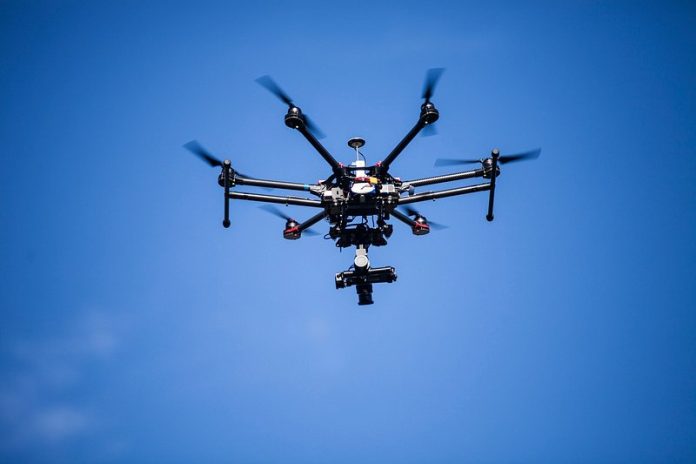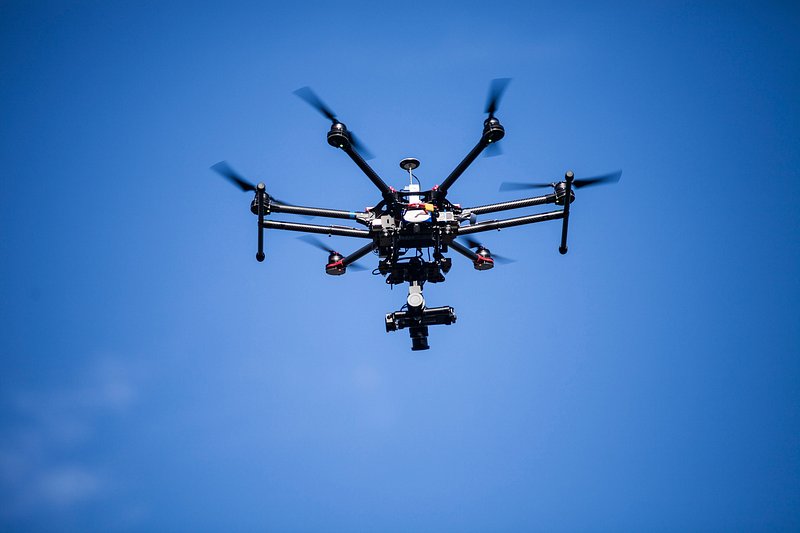
But how does a small drone slip past one of the most heavily defended airspaces in the world? On October 26, 2025, Ukraine’s Main Directorate of Intelligence released combat footage showing its ‘Ghosts’ unit doing just that destroying several high-value Russian assets in occupied territory. The operation underlined a growing reality in modern warfare: precision drone strikes are dismantling complex defense networks piece by piece.
This was not an isolated event. Over the past year, Ukrainian special forces have repeatedly penetrated deep behind enemy lines, hitting radar stations, missile systems, and naval assets critical to Russia’s air and coastal defense. Each strike has strategic consequences, eroding Moscow’s situational awareness and its ability to coordinate operations across contested regions. Here are nine of the most striking elements from this latest campaign.
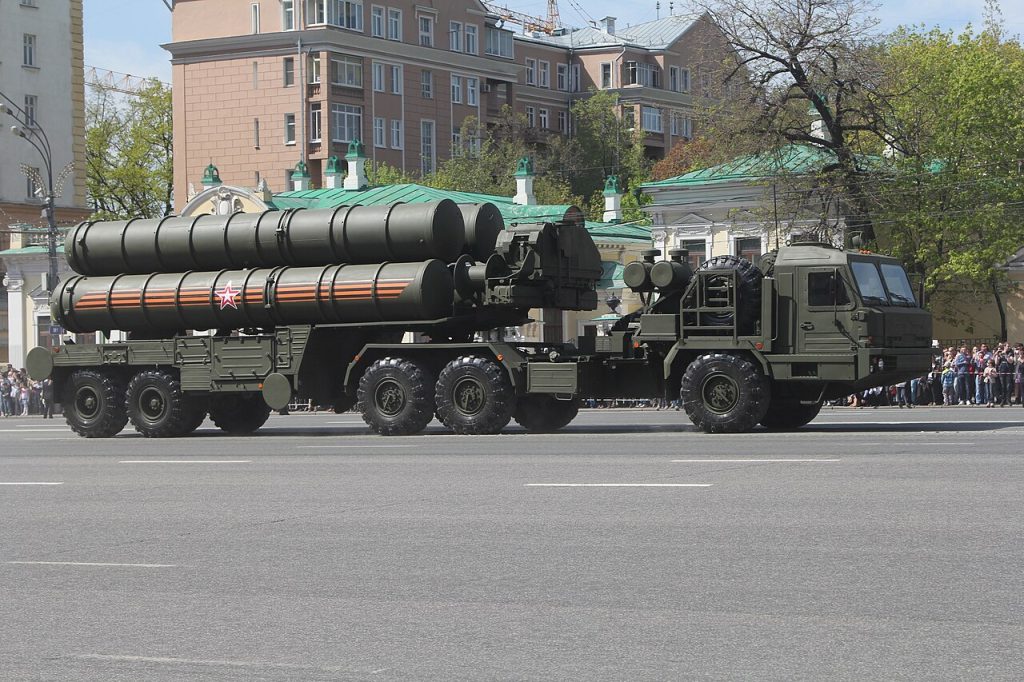
1. The Ghosts Unit’s Deep Penetration Strikes
The Ghosts unit of the HUR conducted detailed drone attacks against Russian positions far from the front lines on October 26. According to the HUR in a statement via Telegram, the unit destroyed a 96L6 radar linked to an S-400 Triumf system, a P-18 ‘Terek’ radar, a 55Zh6U Nebo-U radar, and a BK-16 landing craft. These were not opportunistic hits they were deliberate strikes against assets central to Russia’s integrated air defense. Defense Express underlined that the operations of the Ghosts unit are “particularly notable” for breaking through and surviving one of the most heavily defended airspaces in this region. According to Business Insider, their main task is the “demilitarization of temporarily occupied Crimea,” a mission that requires advanced technology and very specific coordination.

2. The 96L6 Radar and S-400 Triumf
The 96L6 radar forms one part of the S-400 Triumf, one of the most advanced long-range surface-to-air missile systems in the world. According to Army Recognition, it provides high-altitude and medium-range detection for tracking aircraft, helicopters, missiles, and UAVs, and its destruction directly impairs the S-400’s ability to detect and engage aerial threats. Each loss of a 96L6 radar forces Russian crews to fall back on ancillary systems with a lesser capability to detect, weakening their defensive posture against Ukrainian drones and missiles.

3. The P-18 ‘Terk’ Radar: Still in Service
The P-18 also remains a fundamental early-warning radar, although it was introduced back in the 1970s. Operating in the VHF band, it has target detection capabilities out to 300 km and altitudes as high as 35 km. Modernized variants of the system, such as the P-18 Malachite, include digital signal processing and enhanced interference resistance. Although the P-18’s VHF operation makes it more resilient against stealth technology, its destruction in this strike removes a very valuable tool for Russia’s long-range detection network.

4. The $100 Million Nebo-U Radar Loss
The radar, valued at roughly $100 million, can detect aircraft and ballistic missiles over very long distances. It can track fighter jets from as far as 400 km, thus remaining one of the cornerstones of Russia’s early-warning system. Defense Express underlined that the loss of Nebo-U disrupts Moscow’s capability for the coordination of operations around the Black Sea. The meter-wave operation of the radar also made it effective against stealth threats, and its destruction removes one of Russia’s best counters to low-observable aircraft.

5. BK-16 Assault Landing Craft Targeting
But not only were the radars targeted, so was the BK-16 landing craft. Naval Technology describes it as a multi-role, high-speed, amphibious vessel able to carry out coastal patrol, troop transport, fire support, and special operations. Removing a vessel such as this from Russia’s coastal defense fleet reduces its flexibility in littoral operations, limits rapid-response capabilities along contested shorelines.
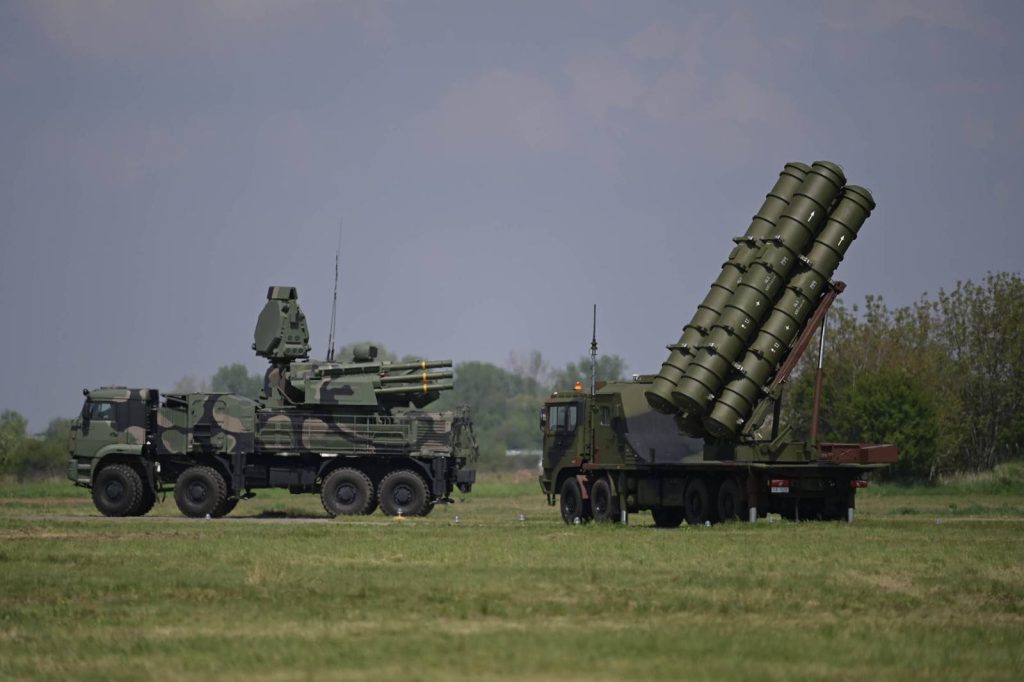
6. Dodging Pantsir-S Missiles
The most striking clip released showed drones dodging missiles fired by a Russian Pantsir-S air defense system. According to Militarnyi, the launch of the missile is visible, but the actual dodging was partially unrecorded. HUR declared, “Skilfully evading missiles from enemy air defences, drones operated by the special unit Ghosts continue to destroy valuable radar equipment of the occupiers on the Crimean peninsula,” Ukrainska Pravda reported. This shows that it is increasingly more difficult for short-range systems to stand against agile FPV drones.
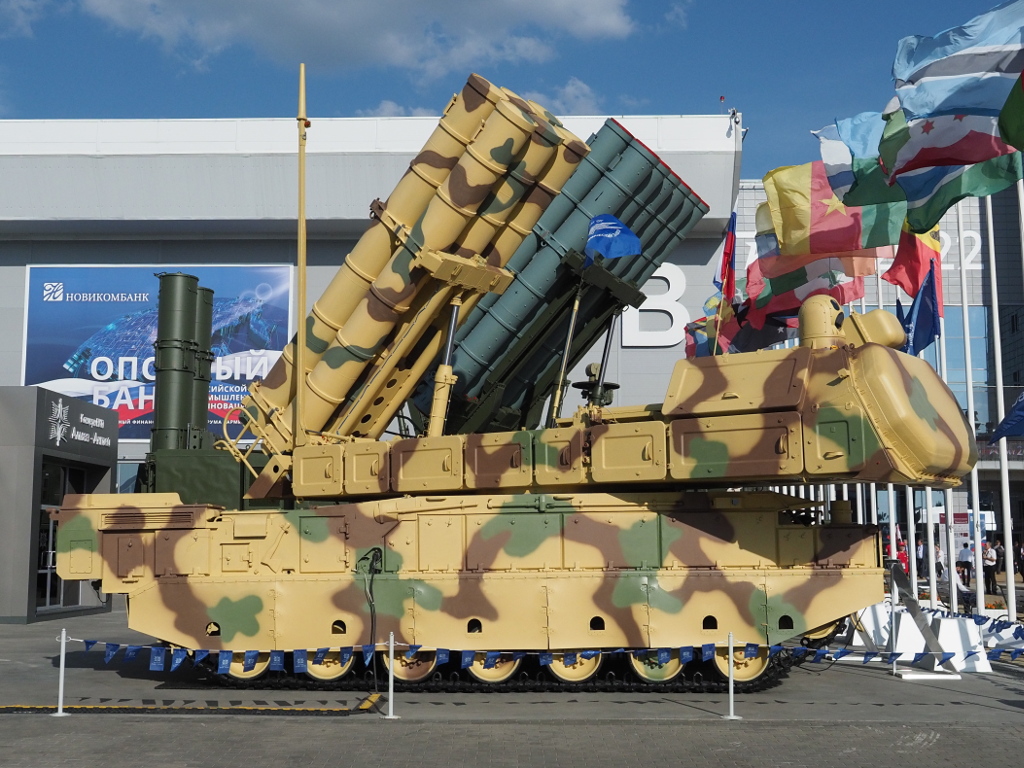
7. Ukraine’s Systematic Campaign Against Buk Systems
Aside from the strike on October 26, the SSO of Ukraine has been systematically destroying Russian Buk air defense systems throughout 2024 and 2025. The most modern and capable Buk-M3 systems, which are able to engage targets out to 80 km, have been destroyed in Donetsk, Zaporizhzhia, Kursk and Rostov regions. These operations combine drone strikes, artillery fire, and reconnaissance to dismantle layered Russian air defenses and open the path for deeper strikes launched by Ukraine.
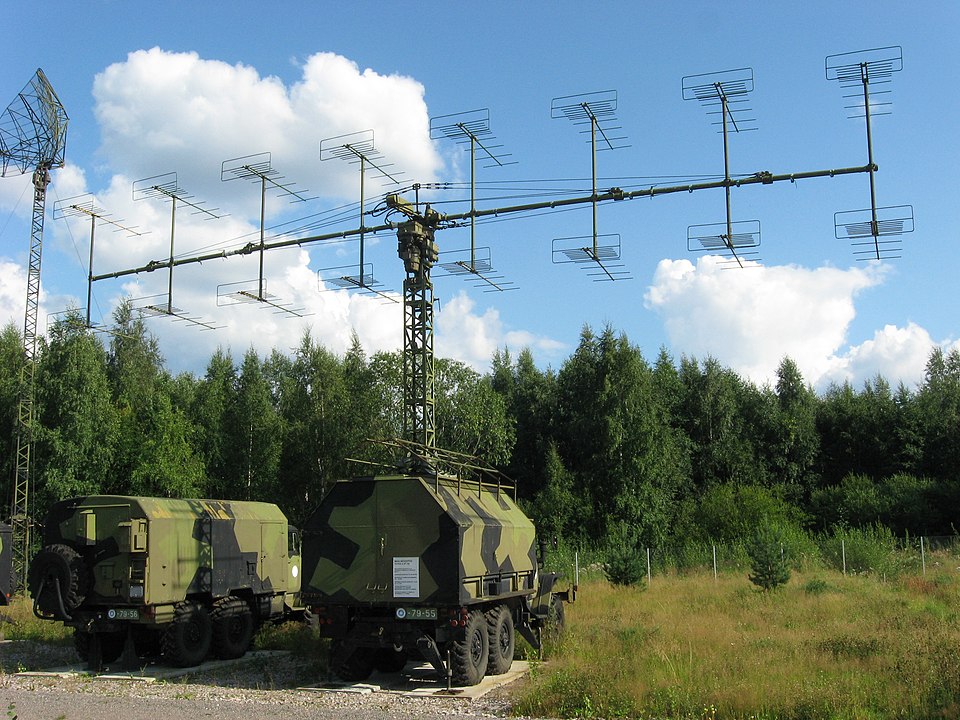
8. The Strategic Impact of Radar Losses
According to Defense Express, the simultaneous destruction of the 96L6, P-18, and Nebo-U radars significantly degrades Russia’s situational awareness. Without these systems, the coordination between missile batteries and command centers becomes fragmentary. This is in line with Ukraine’s general strategy of systematically dismantling its early-warning and command infrastructure in advance of precision strikes, reducing the effectiveness of Russia’s integrated defense.

9. Counter-Drone Evolution in the Conflict
Both sides are adapting to the drone threat. Russia has upgraded its Pantsir-S1 with electronic warfare modules and increased missile capacity to counter swarms. The U.S., supporting Ukraine, has advanced systems like the KuRFS radar and Coyote interceptors under the LIDS program, capable of detecting and defeating multiple UAVs. Yet, despite these developments, Ukraine’s small and agile drones – deployed in coordinated strikes – demonstrate the continued vulnerability of traditional air defense systems, especially against high-value assets far beyond the frontline.
If anything, the operation conducted by Ukraine’s Ghosts unit on October 26 was more than a tactical success; it demonstrated just how precision drone warfare can dismantle complex defense architectures. By removing key radars and naval assets, Ukraine has not only weakened Russia’s immediate defensive capabilities but also advanced its long-term goal of eroding the occupier’s control over contested regions. In modern conflict, the battle for the electromagnetic spectrum is proving just as decisive as the fight on the ground.
